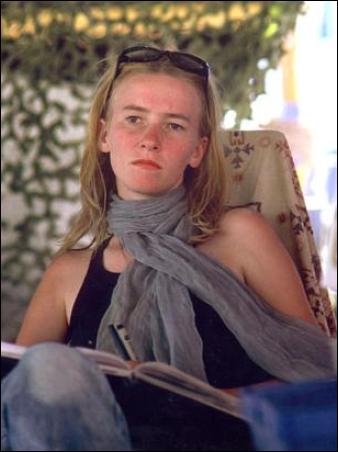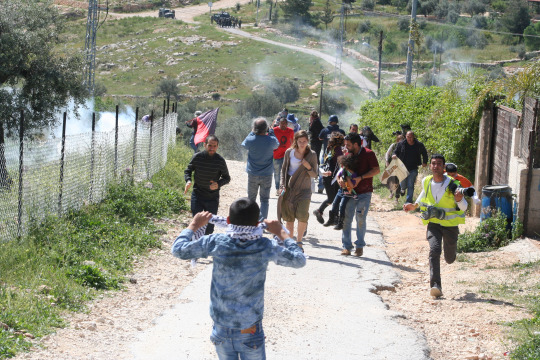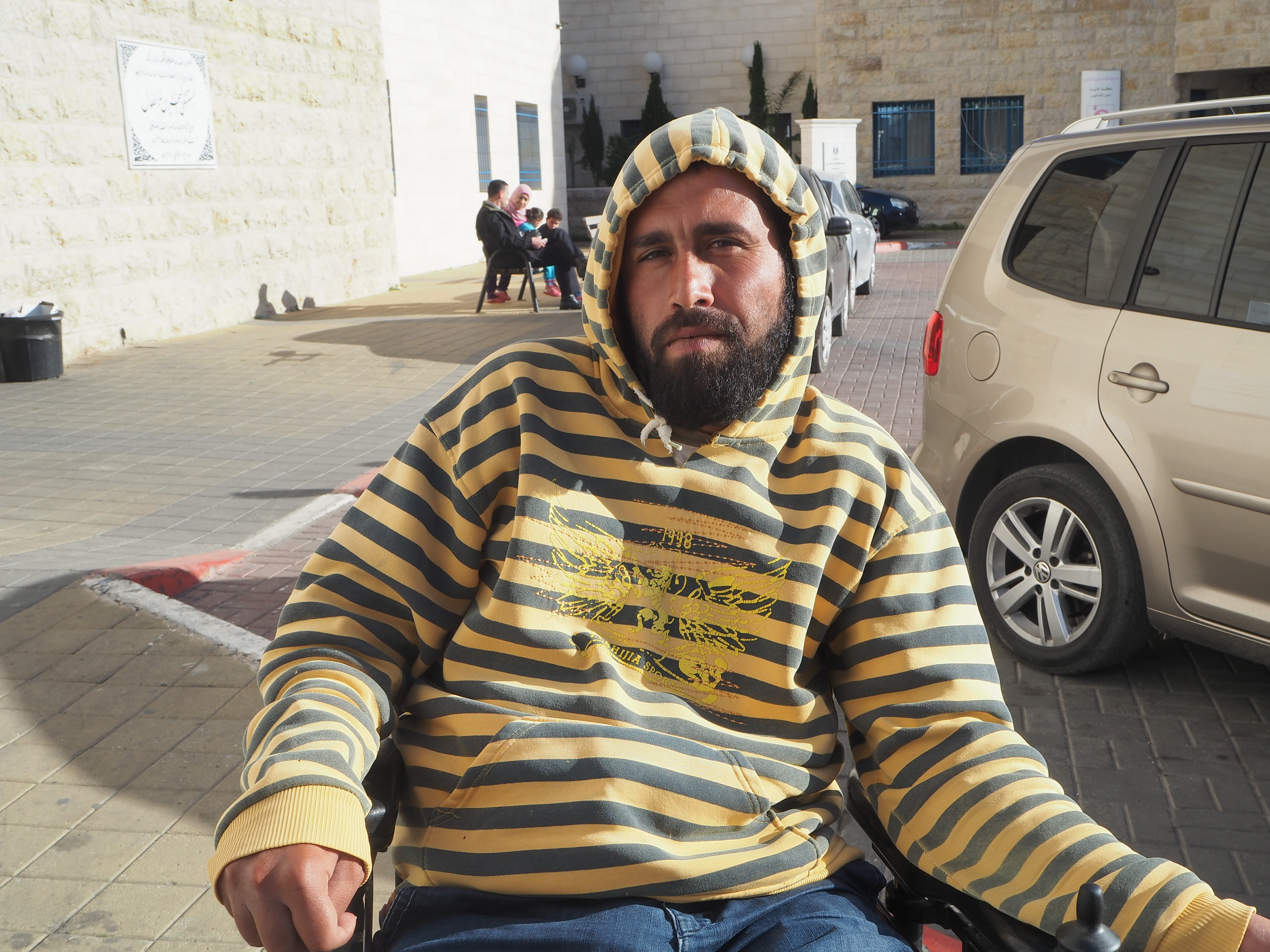Category: Journals
-
An email from Rachel Corrie to her parents
16th March 2016 | Rachel Corrie Foundation | Gaza, occupied Palestine February 27 2003 (To her mother) Love you. Really miss you. I have bad nightmares about tanks and bulldozers outside our house and you and me inside. Sometimes the adrenaline acts as an anesthetic for weeks and then in the evening or at night it…
-
A new ISM’ers personal experience on Bil’in and tear gas
15th March 2016 | International Solidarity Movement, al-Khalil team | Hebron, occupied Palestine Miguel and Kolla came this morning from the al-Khalil team (several years ago it feels) and we went to Bil’in as planned for my first demonstration. The easiest thing to do is simply to describe it: We waited a while for people…
-
Rani Burnat from Bil’in
15th March 2016 | International Solidarity Movement, al-Khalil team | Bil’in, occupied Palestine Rani Burnat is an extraordinary human being in more ways than one. He was left paralysed from an injury sustained during the second intifada, learned to live the remainder of his life in a wheelchair, fathered three children (triplets) and now continues…



